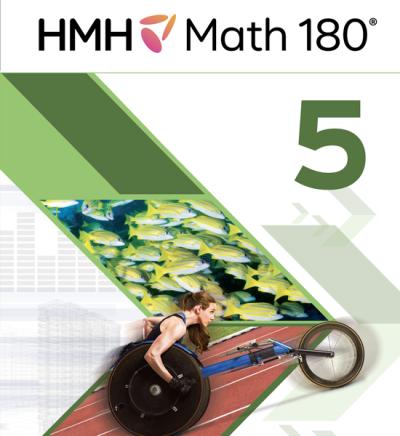Evaluation for 4.3b
Materials provide interleaved practice opportunities with previously learned skills and concepts across learning pathways.
TheMath 180"Decimals and IntegersSeries Teaching Guide"provides a "Blockat a Glance" for eachblockin aseries. The"Block at a Glance"is a visual map of the lessons within the threetopics, with an example of the strategy students are introduced to in each lesson. Ingrade 5, the mSpace lessons provide various strategies for fraction and decimal relationships, including using decimal grids, number lines, equations, the division standard algorithm, and Venn diagrams. Through the learning progression, students learn more than one strategy to solve fraction and decimal relationship problems and engage in problem sets that require understanding word problems to plan whether to use an appropriate strategy.In theMath 180"Decimals and IntegersSeries,"students use area models to divide decimals.Teachersareprovided with a guiding question:"To divide 2 wholes by 2 tenths, I ask myself, 'How many groups of 2 tenths are in 2?'"In eachseries, students can complete a Card Sort,which provides interleaved practice. For example, in Card Sort: "Decimals and Place Value," students group cards based on a rule or commonality. This allows students to think flexibly about fractions, decimals, and visual representation.TheProgram Guideexplains the purpose behind each segment of theMath 180materials. These explanations explicitly identify the use of previously taught concepts.Do Nowis designed to engage students at the start of each lesson. These activities involve quick, focused tasks that help students review previous concepts and prepare for new learning. Conceptlessonshelpstudents connect previously learned concepts, build new understandings, and acquire skills. Lessons are designed to build students' conceptual understanding of math. "Problem-Solving"lessons are in allblocks. Students apply conceptual understanding to new problem situations through multistep and contextualized problems, which allowsthem to interpret, analyze, and evaluate mathematical concepts and complex, real-world situations. In "Game"lessons, with two or three games perblock, students engage in collaborative practice to help build fluency and flexibility with learning objectives from "Concept" lessons.



